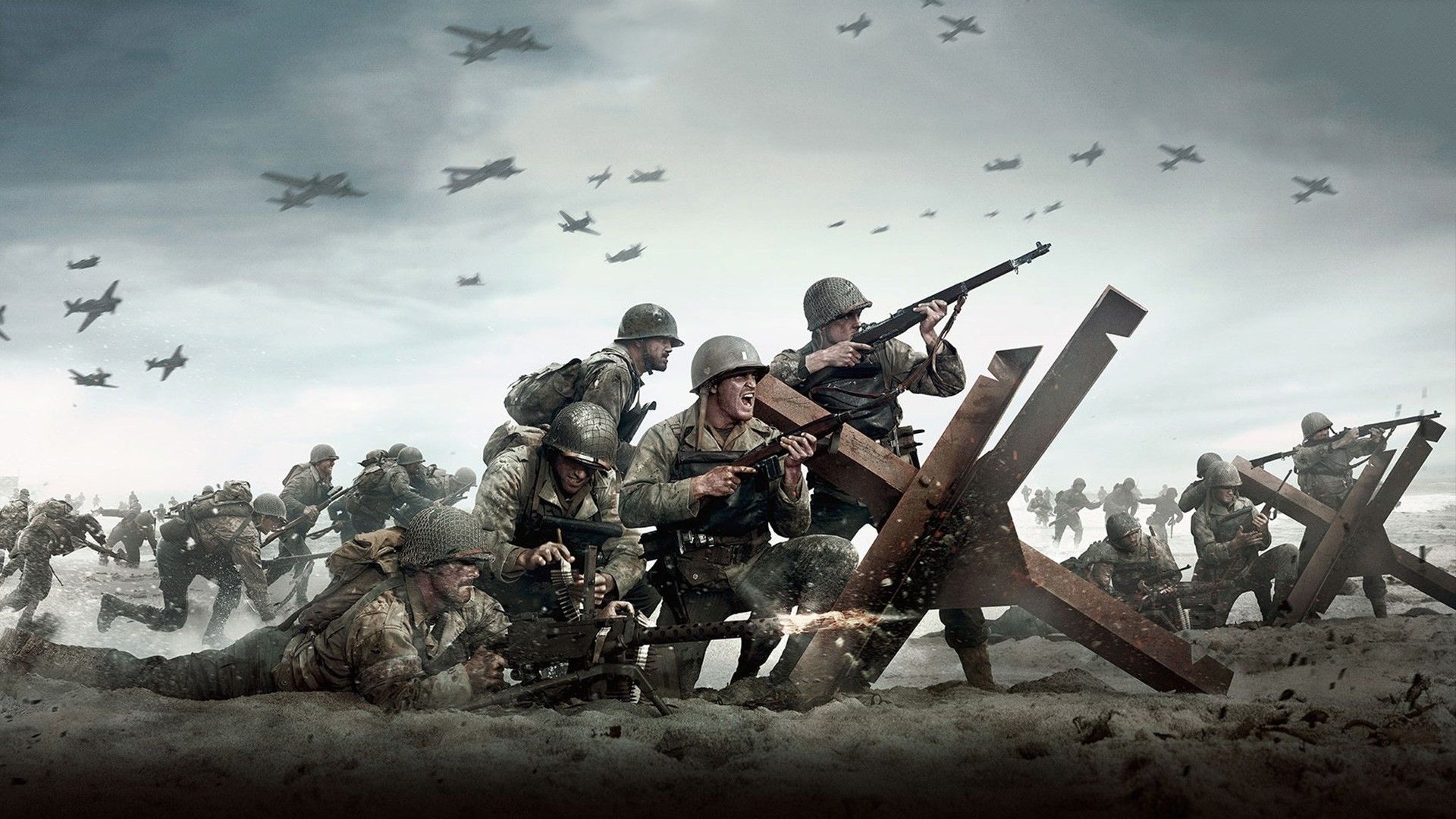|
Getting your Trinity Audio player ready...
|
Hey Readers! Since the beginning of time, wars have erupted. There have been many wars, but do you know the reasons for all of them or some of them that you are familiar with? Today, I’ll discuss the main causes of conflicts and provide examples of wars waged for each cause. Click the button down at the end of the post to listen to the article!
What Exactly Is a War?
War is often fought between two countries or groups of countries to accomplish a specific goal through the use of force. Civil or revolutionary wars can also be waged within a country’s borders. The Oxford English Dictionary defines “war” as “the state of being at war with another person or group of people. Wars have been a part of human history for thousands of years, and as industrialization and technology have grown, they have gotten more devastating.
Eight Main Causes of War
Economic Gain
Territorial Gain
Religion
Nationalism
Revenge
Civil War
Revolutionary War
Defensive War
1. Economic Gain

War is frequently sparked by a country’s desire to seize control of another’s wealth. Regardless of the various reasons for war, most battles have an economic purpose at their core, even if the proclaimed goal of the war is presented to the public as something purer. Pre-industrial times, a warring country’s anticipated gains might have included precious metals like gold and silver, as well as livestock like cattle and horses. In today’s world, the resources believed to be obtained via battle take the form of items like oil, minerals, or manufacturing materials.
Examples of Wars Fought for Economic Gain Throughout History:
The Anglo-Indian Wars (1766-1849) lasted from 1766 until 1849. The British East India Company and various Indian states waged a series of conflicts known as the Anglo-Indian wars. These battles resulted in the foundation of British colonial power in India, giving Britain unlimited access to the continent’s unique and lucrative resources.
Finnish-Soviet War or “The Winter War” (1939-1940) – Stalin and his Soviet Army wanted to mine Nickel and Finland, but when the Finnish refused, the Soviet Union waged war on the country.
2. Territorial Gain
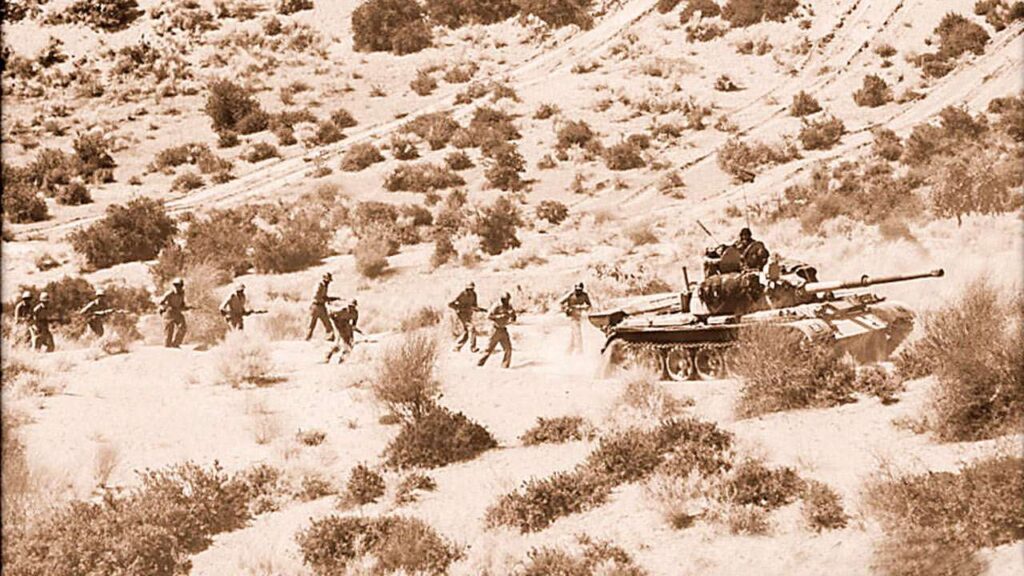
A country may choose that it requires more land for living space, agricultural objectives, or other reasons. Territory can also serve as a “buffer zone” between two adversaries. Proxy wars are related to buffer zones. These are hostilities that are fought in a third country between opposing powers. Each power backs the side that best serves its logistical, military, and economic goals. During the Cold War, proxy conflicts were extremely common.
Historical Examples of Wars Fought for Territorial Gain:
Mexican-American War (1846-1848) – This war was fought following the annexation of Texas, with Mexico still claiming the land as their own. The U.S. outfought the Mexicans, retaining Texas and incorporating it as a state.
Serbo-Bulgarian War (1885-1886) – Bulgaria and Serbia fought over a small border town after the river creating the border between the countries moved.
The Arab-Israeli War, sometimes known as the ‘Six-Day War,’ lasted from 1967 to 1988, and saw Israeli forces retake the West Bank, including East Jerusalem, from Jordan.
3. Religion
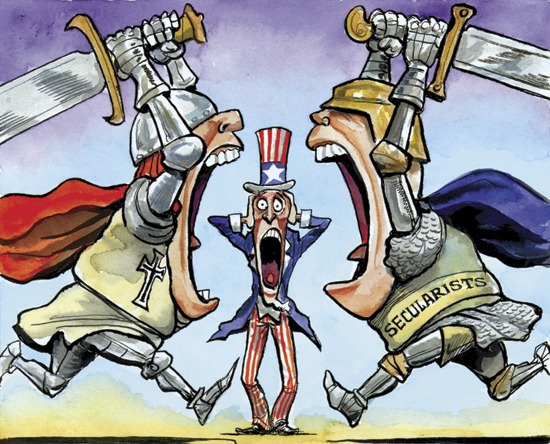
Religious strife frequently has deep origins. They can go dormant for decades before reappearing in a flash at a later time. Religious conflicts are frequently linked to other causes of warfare, such as nationalism or vengeance for perceived historical wrongdoing. While war can be started by different religions fighting against each other, war can also be started by various sects within a religion (for example, Protestant and Catholic, or Sunni and Shiite).
Historical Examples of Wars Fought for Religion
The Crusades (1095-1291) — The Crusades were a series of mediaeval conflicts sanctioned by the Latin Church. Crusaders wanted to drive Islam out of Europe and spread Christianity.
Lebanese Civil War (1975-1990) – The Lebanese Civil War was primarily sparked from conflicts between the Sunni Muslim, Shiite Muslim and Christian Lebanese populations.
Yugoslav Wars (1991-1995) – The Yugoslav wars consisted of the Croatian War and the Bosnian War. The wars were fought between the orthodox Catholic and Muslim populations of former Yugoslavia.
Second Sudanese Civil War (1983-2005) – This ethnoreligious war was caused by the Muslim central government’s choice to impose sharia law on non-muslim southerners.
Thirty Years’ War (1618-1648) – When Holy Roman Emperor Ferdinand II attempted to impose Roman Catholicism on the inhabitants of his lands, a group of Protestants from the north came together, igniting war.
4. Nationalism
Nationalism in this context essentially means attempting to prove that your country is superior to another by violent subjugation. This often takes the form of an invasion. Dr Richard Ned Lebow, Professor of International Political Theory at the Department of War Studies, Kings College London, contends that while other causes of war may be present, nationalism, or spirit, is nearly always a factor. In his essay “Most wars are not fought for reasons of security or material interests, but instead reflect a nation’s spirit,” he writes: Related to nationalism is imperialism, which is built on the idea that conquering other countries is glorious and brings honour and esteem to the conqueror. Racism can also be linked to nationalism, as can be seen in Hitler’s Germany. Adolf Hitler went to war with Russia partly because the Russians (and eastern Europeans in general) were seen as Slavs or a group of people the Nazis believed to be inferior.
Historical Examples of Wars Fought for Nationalism
Chichimeca War (1550-1590)- The Chichimeca War was one of the numerous battles fought in modern-day Mexico during the Spanish conquest of the Aztec empire.
World War I (1914-1918) – Extreme loyalty and patriotism caused many countries to become involved in the first world war. Many pre-war Europeans believed in the cultural, economic and military supremacy of their nation.
5. Revenge
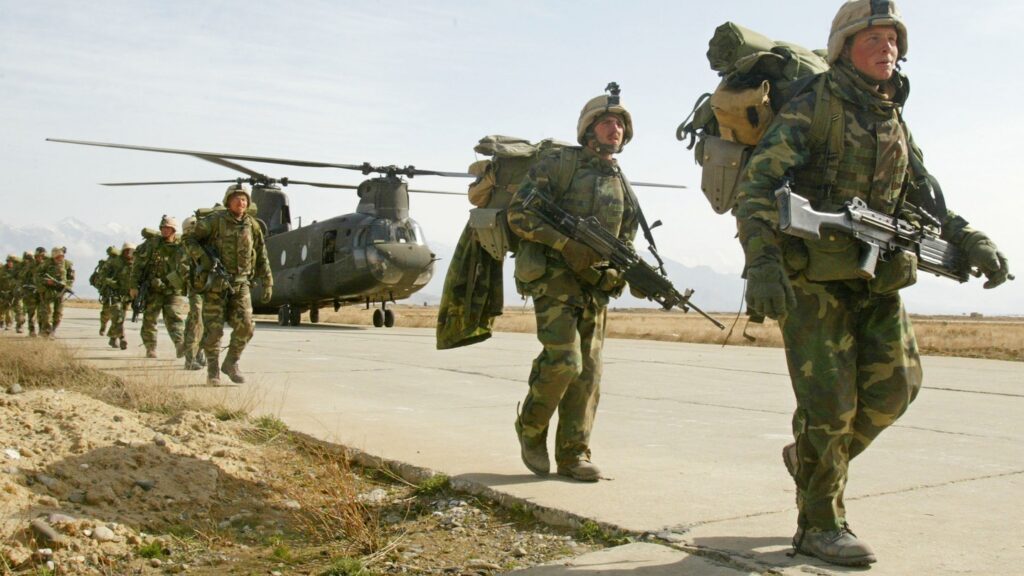
Punishment, redress of grievances, or simple retaliation for a perceived affront can all be factored in the conduct of war. Revenge also relates to nationalism, as the people of a country which has been wronged are motivated to fight back by pride and spirit. Unfortunately, this can spark off a never-ending chain of retaliatory battles that is extremely difficult to halt. In numerous European battles throughout history, vengeance has played a role.
Historical Examples of Wars Fought for Revenge
World War II (1939-1945) — The Treaty of Versailles, which inflicted harsh fines on Germany, was directly responsible for the establishment of the Nazi Socialist Party and Germany’s eventual dominance of the European continent.
The War on Terrorism – The assaults on the World Trade Center on September 11, 2001, caused President George W. Bush to declare war on terror. This worldwide conflict began with the invasion of Iraq and continues to this day.
6. Civil War
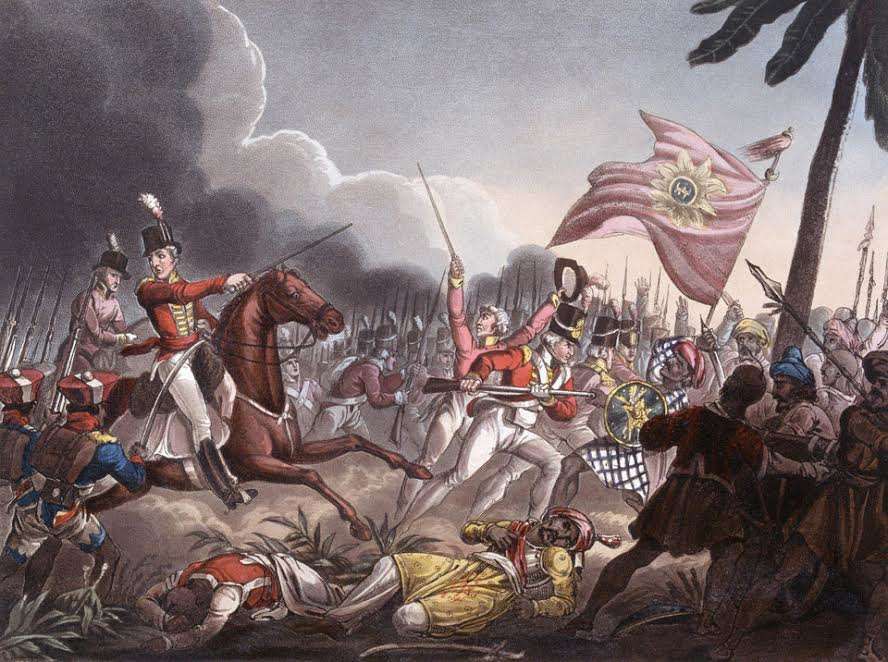
These usually happen when there is a lot of internal strife inside a country. The argument could be over who should rule, how the country should be administered, or the rights of the people. Internal schisms frequently deteriorate into chasms, resulting in a violent confrontation between two or more opposing factions. Separatist factions seeking to form their own independent country or, as in the case of the American Civil War, states seeking to secede from a larger union can also trigger civil wars.
Historical Examples of Civil Wars
Russian Civil War (1917-1923) – The Russian Civil War followed immediately after the Russian Revolution, with the Red Army and the White Army vying to determine Russia’s political future.
Spanish Civil War (1936-1939) – The Spanish Civil War was fought between the Republicans, who were loyal to the left-leaning Second Spanish Republic, and the Nationalists, a largely aristocratic conservative group led by General Francisco Franco.
The American Civil War (1861-1865)-was fought between the Union army and the Confederate army as a result of a long-running dispute over slavery.
The Korean War (1950-1953)– was fought between North Korea, which was supported by China, and South Korea, which was principally supported by the United States.
7. Revolutionary War
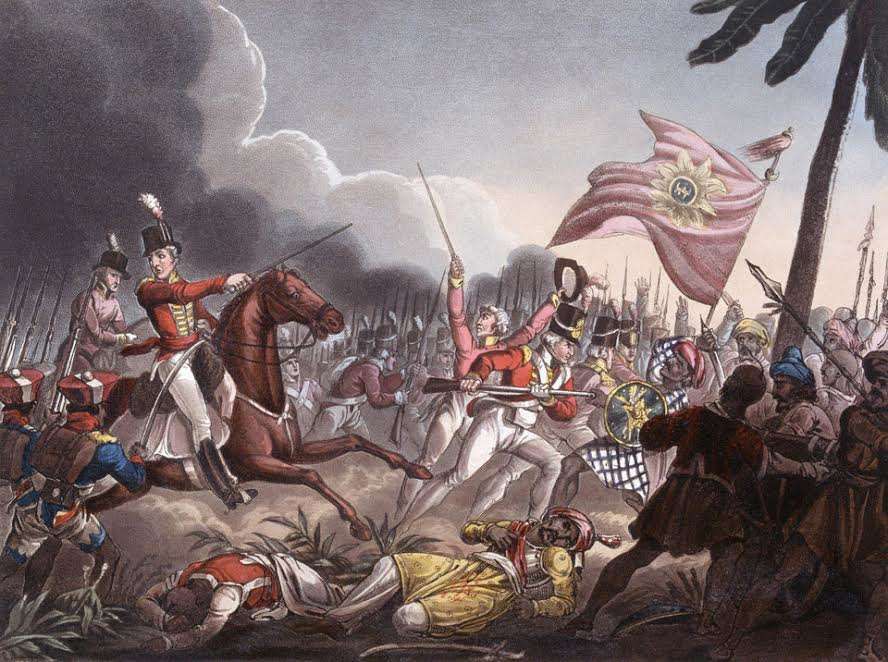
When a considerable portion of a country’s population revolts against the individual or group in charge of the country because they are unsatisfied with their leadership, this is known as a coup. Revolutions can start for a variety of causes, including economic hardship among particular sectors of the people or perceived injustices by the ruling group. Other variables, such as unpopular wars with other countries, can also play a role. Civil conflicts can easily develop from revolutionary battles.
Historical Examples of Revolutionary Wars
American Revolution (1775-1783) – The American Revolution gave the 13 North American colonies independence from British rule and established the United States of America.
French Revolution (1789-1799) – The French Revolution was a battle that represented the rise of the bourgeoisie and the downfall of the aristocracy in France.
The Portuguese Restoration War (1640-1668)-brought an end to Spain’s 60-year dominance over Portugal.
The Haitian Revolution (1791–1804)- was a successful slave revolt that created Haiti as the world’s first free black republic.
8. Defensive War

Countries may often argue that they are fighting in a purely defensive capacity against an aggressor, or potential aggressor, in the modern world, when military aggression is more commonly questioned, and that their conflict is thus a “just” conflict. Pre-emptive defensive wars can be very contentious, with the argument essentially being that “we are striking them before they inevitably strike us.”
Historical Examples of Defensive Wars
Iraqi Conflict (2003-Present) – An international coalition, led by the US, invaded Iraq because the country’s leader, Saddam Hussein, was developing weapons of mass destruction, and therefore presented a threat to surrounding countries and the rest of the world. The war was controversial as the allegations made about the weapons of mass destruction made by the US and UK were shown to lack substance.
I hope now you’ll know the reason behind conflicts and found this post interesting as well as knowledgeable! Let me know in the comments. Stay tuned for the upcoming post!
This information is correct and factual to the best of the author’s knowledge, but it is not intended to replace formal, customized advice from a competent professional. This content is not plagiarized, and it is not intended to offend anyone’s feelings.
